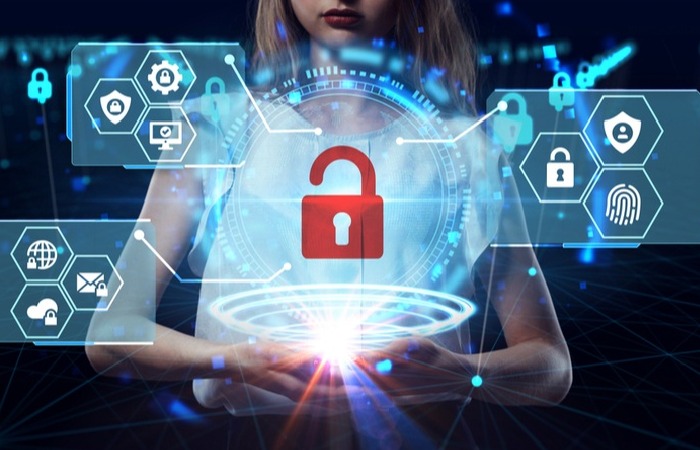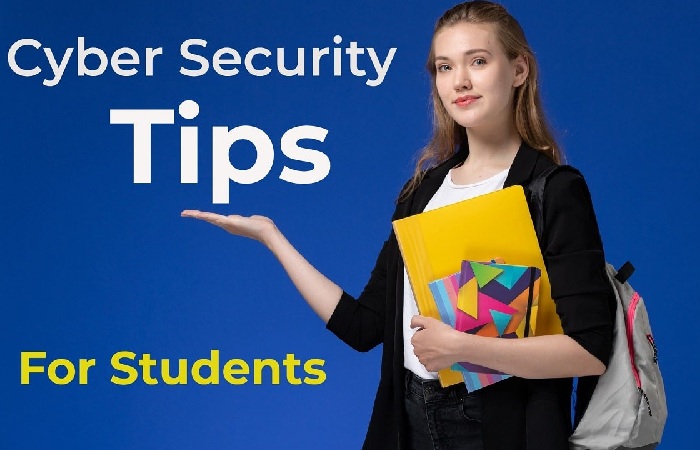Students and teachers had to adjust to a new learning structure when the world went remote last year. Overnight, online education went from being the exception to the new norm. With it, K-12 students and educators had to learn how to get their lessons online together.
The biggest challenge of distance education is online security. With so many students and teachers now working from their devices at home, how can cybersecurity be quickly and affordably addressed?
After all, cybercrimes are more common every year. We often hear about it in the news when large companies are asked for a million-dollar bailout. But what about individuals? Unfortunately, personal cyberattacks are also on the rise. The good news is that students and educators can take simple precautions to protect themselves from the most common cyber threats.
Shared Cybersecurity Practices for Students and Educators

Use a strong password
In a sense, your data is as secure as your password. One of the most common ways cybercriminals steal personal information is by guessing or stealing a password. Similarly, the easiest way to avoid it is simply by creating a strong password. The recipe for a strong password contains a few simple ingredients:
- Create the password using a random string of letters, numbers, and symbols.
- Don’t use actual words and phrases within your password, especially words related to your life (don’t use your birthday to choose numbers, for example)
- Change password at least once per school year.
Beware of phishing
Phishing is a term for an attack that uses a fraudulent message made to trick an unsuspecting victim into revealing private information. Online phishing often occurs via dangerous links that arrive in emails or text messages.
Whenever you click on a phishing link, the website or destination is a hoax to collect your private information for future use. As a general rule, don’t click on links from sources you don’t know. And if an official offer seems too good to be true, and you can’t verify it through your searches, it’s probably a phishing attempt.
Use a virtual private network (VPN)
A VPN adds a layer of anonymity and security when browsing the web. It’s one of the cheapest and easiest ways to prevent hackers from accessing your data and prevent companies from tracking your online activity. Prywatnoscwsieci VPN is one of the surest ways to navigate safely on the internet. It’s a good idea to choose a reliable provider and remember to use a VPN every time you connect to the internet.
Cybersecurity Tactics for Students

Check your credit score once a year.
Many people don’t even know when their data has been stolen. Data breaches are often followed by criminals opening lines of credit under your identity, a situation many people don’t know about for years. It can hurt your creditworthiness in the future.
With a parent or guardian, check your credit score once a year to ensure no one has opened lines of credit under your identity.
Use the security tools available on social networks.
On most prominent social media platforms, you can adjust settings to prevent unwanted people from viewing your feed, following you, or sending private messages.
Taking these precautions on social media minimizes problems like cyberbullying but also protects you from potential scammers.
Fortunately, some social media platforms are starting to provide additional security features for teens. Instagram, for example, has recently announced that it is reducing the amount of data that advertisers can access while advertising to young people. And TikTok updated its policies in early 2021 to make the app safer for users under 18, with added data protection and privacy by default for users ages 12 to 15.
Cybersecurity Tactics for Educators
Use Zoom security best practices!
During video instruction, use Zoom’s advanced security options to allow students to enter the digital classroom one at a time (via a lobby) or require a password to enter. Also, never post the meeting link in a public place like social media or the class assignment site; or you risk a Zoom-bombing.
Hold an annual conversation with students about cybersecurity best practices.
If we are honest, students tend to have more computer knowledge than their teachers. After all, they have grown up on the Internet.
But students may not be familiar with cybersecurity best practices. So, it’s worth having a simple conversation at the beginning of each school year to make sure students understand the risks online and can recognize some of the more common hacker techniques (such as phishing emails).
He talks about using strong passwords, avoiding (or even reporting) any situation involving a message that makes them uncomfortable, and never posting personal information online or sharing private data with strangers.
Have a fantastic (and safe) school year
Online education can be a fantastic way to learn. Beyond your regular lessons, distance learning teaches students about technology and empowers them to work independently.
But if you’re not careful, the Internet can also be dangerous. Data thieves and invasive business practices are everywhere.
By reading articles like this and putting these learnings into practice in your schoolwork and digital classroom, students and teachers can prepare for a productive school year.





